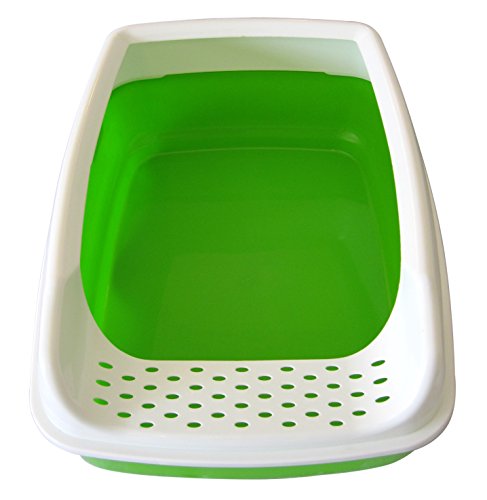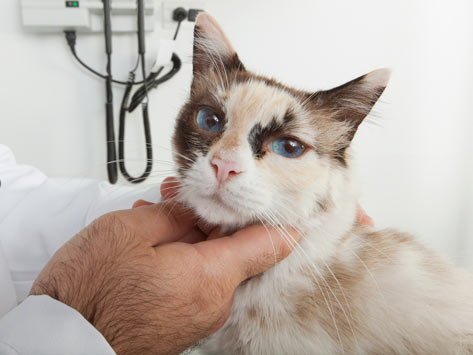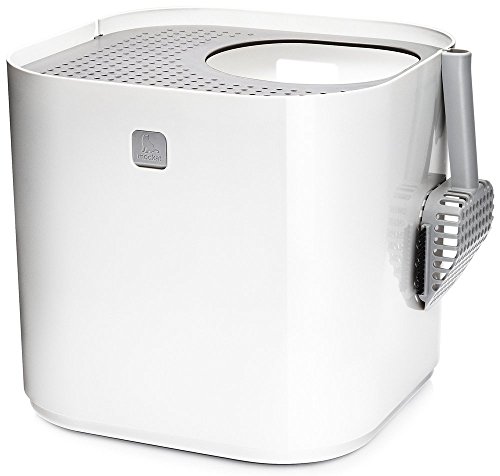
Hepatitis granulomatous is a complicated form of hepatitis, which is characterized by a mass of inflamed tissue (granuloma) growing on a simultaneously inflamed liver (hepatitis). This diseased state is most commonly due to fungal infection, but it can also be brought about by bacteria, viruses, parasites, or cancer.
Hepatitis granulomatous is relatively uncommon in cats, but it is not limited by age or breed.
You will need to give a thorough history of your cat's health leading up to the onset of symptoms, including any illnesses your cat has had, even if the illness had apparently resolved. Your veterinarian will perform a complete physical exam, including a blood chemical profile, a complete blood count, a urinalysis and an electrolyte panel. The results of the blood tests may reveal abnormalities related to the underlying disease/condition.
The biochemical tests usually reveal abnormally high liver enzymes and bilirubin levels, low glucose levels, and other such abnormalities. Similarly, the urinalysis may reveal protein, red blood cells, or white blood cells in the urine, indicative of infection. As the liver is important for blood clotting, abnormalities related to blood clotting are common in these patients. In some cases, however, a coagulation check may return normal, unless your cat has reached the point of liver failure.
Abdominal x-rays will often reveal an enlarged liver, an abdominal mass, and excess fluid inside the abdominal cavity. An abdominal ultrasound will give your veterinarian further details related to the liver size and also enable your veterinarian to take a guided biopsy of liver tissue for further microscopic evaluation. The liver tissue sample will confirm abnormalities in the liver tissue, providing the means for a definitive diagnosis.
It is important to keep in mind that hepatitis granulomatous is frequently multisystemic, meaning that several systems of the body are being affected, making the diagnosis difficult to define.
Depending on the severity of the symptoms, your cat may needs to be hospitalized for initial treatment. Fluid therapy will be given to restore bodily fluid deficits, along with nutritional support if your cat is unable to eat. As the underlying cause of this disease is often difficult to diagnose, treatment can be highly variable and will depend on the underlying cause.
Because of the liver's importance to the body whole, the prognosis for this disease is guarded to poor. Cirrhosis, liver failure, or a chronic condition may develop as the result of hepatitis granulomatous. Systemic FIP is a particularly harsh condition. If your cat is diagnosed with this disease, the prognosis will be poor.
It is not always possible to diagnose the underlying cause of this disease, therefore, successful treatment is often difficult to achieve. Due to this fact, the condition often worsens and may lead to cirrhosis and liver failure. The prognosis is usually bad because of involvement of multiple systems of the body, the difficulty in diagnosing the underlying cause, and the ability to provide proper treatment without a definite diagnosis.
 How to Choose the Right Cat Litter
Whether you are selecting li
How to Choose the Right Cat Litter
Whether you are selecting li
 Tumor Related to Vaccinations in Cats
Vaccine-associated Sarcoma in Cats
Reports of a s
Tumor Related to Vaccinations in Cats
Vaccine-associated Sarcoma in Cats
Reports of a s
 Cat Litter Trays: Selecting The Right One For You
Having a cat is like having
Cat Litter Trays: Selecting The Right One For You
Having a cat is like having
 Eye Inflammation (Conjunctivitis) in Cats
Conjunctivitis in Cats
Conjunctivitis refers to t
Eye Inflammation (Conjunctivitis) in Cats
Conjunctivitis in Cats
Conjunctivitis refers to t
 Ear Cancer (Adenocarcinoma) in Cats
Ceruminous Gland Adenocarcinoma of the Ear in Cats
Ear Cancer (Adenocarcinoma) in Cats
Ceruminous Gland Adenocarcinoma of the Ear in Cats
Copyright © 2005-2016 Pet Information All Rights Reserved
Contact us: www162date@outlook.com